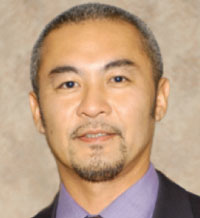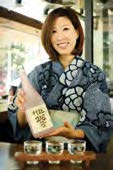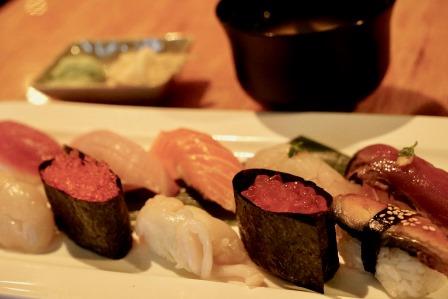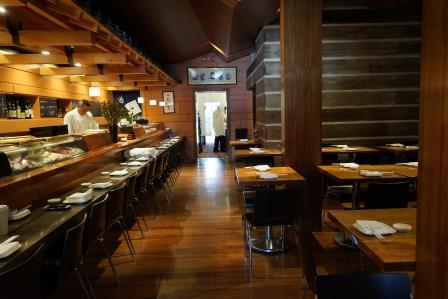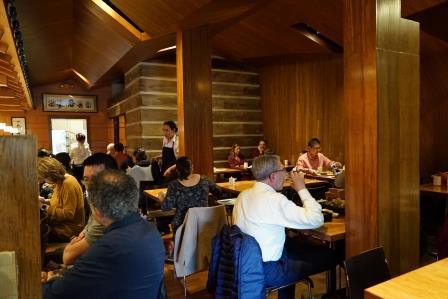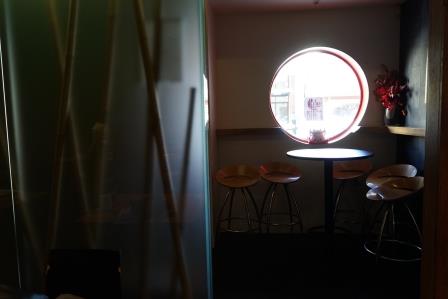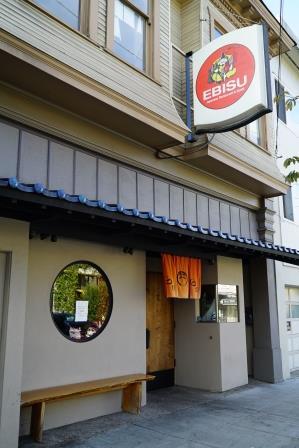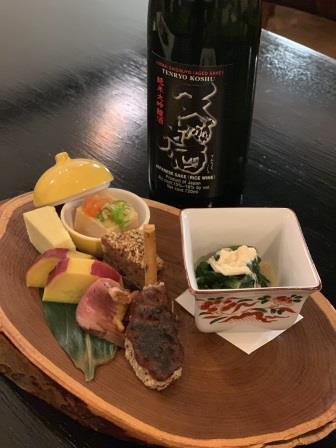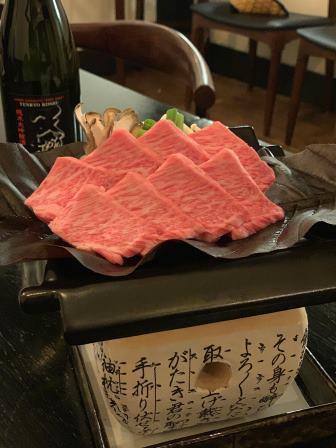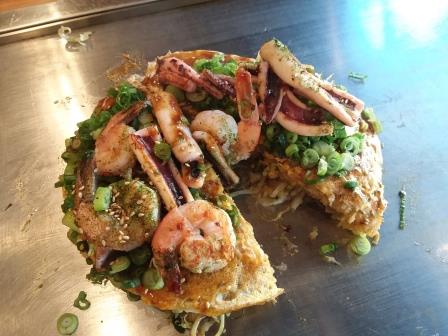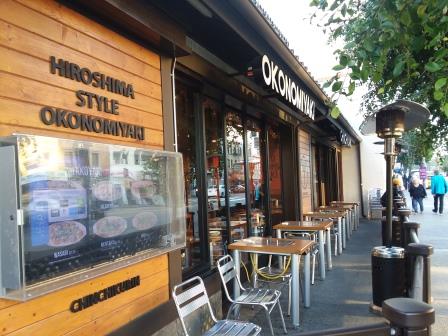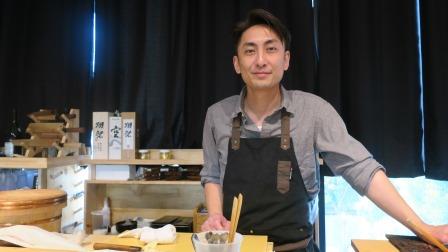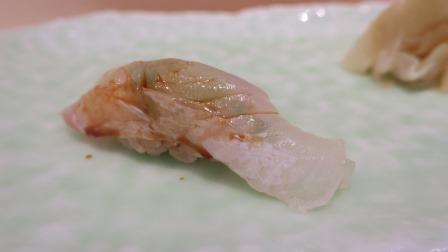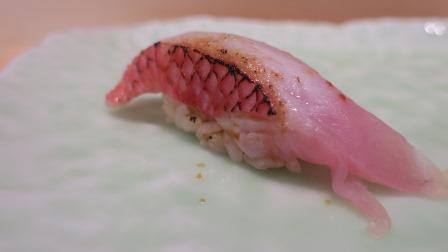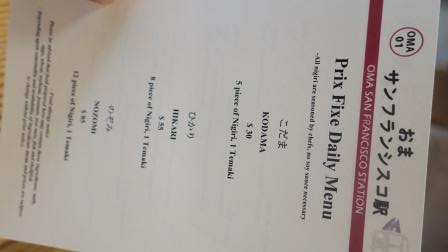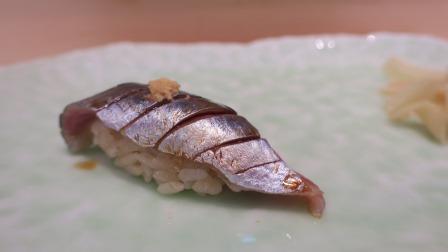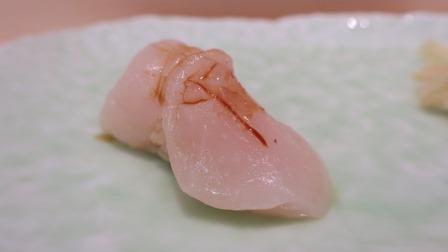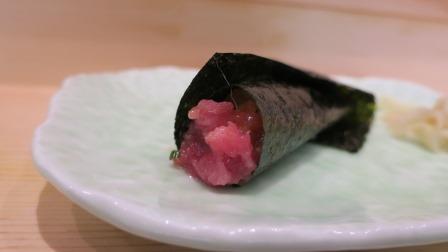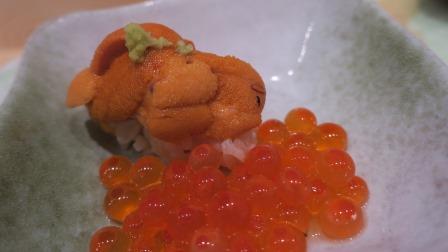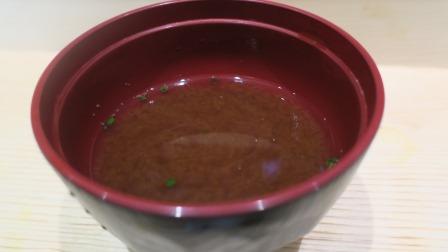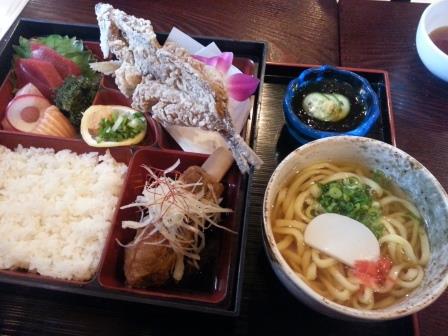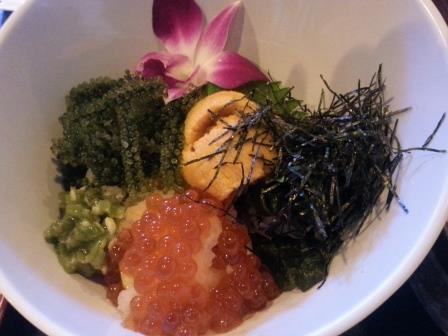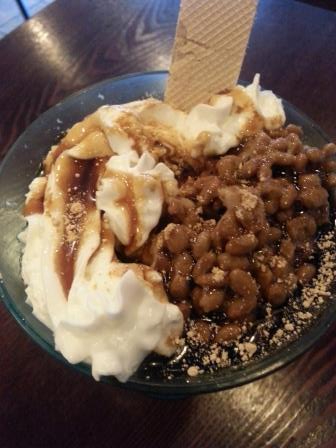First time in the world!! A toast was given with Awa sake during an official party overseas!! Part 2
By Kosuke Kuji
A traditional Japanese ceremony of breaking open the sake barrel was held on stage, followed by the welcome beverage of “Awa sake” served in champagne glasses to approximately 300 Japanese and Italian guests to toast together at once. This sight had me dreaming of “Awa sake,” instead of champagne, being served at a large government-sponsored party, such as the 2020 Tokyo Olympics.
In Italy, where sparkling wine originated, I observed the Italian staff showed no sign of hesitation serving Awa sake at an official party sponsored by Japan. There’s no reason why we can’t do the same in Japan.
Not to deny champagne in anyway, but the conventional welcome beverage at past parties was the bubbly alcoholic beverage champagne, without question. At the same time, there is no reason why champagne should be the only beverage choice for foreign dignitaries to give a toast at the Tokyo Olympics. Although “the only beverage option for a toast” in the past was champagne, we now have “Awa sake” as another option, served successfully at a party in Italy to all attendees for a toast without causing any confusion in the operation.
We’d love to recreate this beautiful miracle again in 2020. Since we were successful in Italy, there’s no why we can’t serve Awa sake at an official party again, this time in Japan. Although challenges still remain, this day was a milestone that brought us one day closer to our goal to make Awa sake the “global beverage choice for a toast worldwide.”
世界初!!海外のパーティーでawa酒で乾杯!! パート2
ステージ上では日本の伝統的な儀式である鏡開きが行われ、その後ウエルカムドリンクで手に持っているシャンパングラスに注がれた日本酒である「awa酒」で、日本、イタリアの関係者約300人が一斉に乾杯するその姿は、2020年東京オリンピック・パラリンピックで政府主催のパーティーなどで行われる乾杯がシャンパンではなく「awa酒」で乾杯するその姿を予想する事が出来ました。
イタリアと言うスパークリングワインの本場で、公式な日本の主催パーティーで、イタリア人のスタッフが何の戸惑いも無くawa酒をサーブできる事もわかりました。これで日本で出来ないはずがありません。
シャンパンを否定するのではなく、今まではこういったパーティーのウエルカムドリンクは泡のお酒、シャンパンと言う事で当たり前に使われていましたが、日本で開催するオリンピックで海外の要人が乾杯をシャンパンでどうしてもしなければいけないことはありません。今までは「シャンパンしか選択肢に無かった」だったのが、今ではこの「awa酒」があり、awa酒で見事にイタリアでのパーティーでオペレーションから混乱も無く、会場全員でawa酒で乾杯をすることが出来ました。
この素晴らしい奇跡を2020年の日本で是非再現したいと思います。イタリアで出来たのだから日本で出来ないはずはありません。「世界の乾杯酒になる」とう大きな目標に大きく近づいた貴重な一日になりました。世界へのawa酒の挑戦はまだまだ続きます。世界の乾杯酒を目指して!!
A traditional Japanese ceremony of breaking open the sake barrel was held on stage, followed by the welcome beverage of “Awa sake” served in champagne glasses to approximately 300 Japanese and Italian guests to toast together at once. This sight had me dreaming of “Awa sake,” instead of champagne, being served at a large government-sponsored party, such as the 2020 Tokyo Olympics.
In Italy, where sparkling wine originated, I observed the Italian staff showed no sign of hesitation serving Awa sake at an official party sponsored by Japan. There’s no reason why we can’t do the same in Japan.
Not to deny champagne in anyway, but the conventional welcome beverage at past parties was the bubbly alcoholic beverage champagne, without question. At the same time, there is no reason why champagne should be the only beverage choice for foreign dignitaries to give a toast at the Tokyo Olympics. Although “the only beverage option for a toast” in the past was champagne, we now have “Awa sake” as another option, served successfully at a party in Italy to all attendees for a toast without causing any confusion in the operation.
We’d love to recreate this beautiful miracle again in 2020. Since we were successful in Italy, there’s no why we can’t serve Awa sake at an official party again, this time in Japan. Although challenges still remain, this day was a milestone that brought us one day closer to our goal to make Awa sake the “global beverage choice for a toast worldwide.”
世界初!!海外のパーティーでawa酒で乾杯!! パート2
ステージ上では日本の伝統的な儀式である鏡開きが行われ、その後ウエルカムドリンクで手に持っているシャンパングラスに注がれた日本酒である「awa酒」で、日本、イタリアの関係者約300人が一斉に乾杯するその姿は、2020年東京オリンピック・パラリンピックで政府主催のパーティーなどで行われる乾杯がシャンパンではなく「awa酒」で乾杯するその姿を予想する事が出来ました。
イタリアと言うスパークリングワインの本場で、公式な日本の主催パーティーで、イタリア人のスタッフが何の戸惑いも無くawa酒をサーブできる事もわかりました。これで日本で出来ないはずがありません。
シャンパンを否定するのではなく、今まではこういったパーティーのウエルカムドリンクは泡のお酒、シャンパンと言う事で当たり前に使われていましたが、日本で開催するオリンピックで海外の要人が乾杯をシャンパンでどうしてもしなければいけないことはありません。今までは「シャンパンしか選択肢に無かった」だったのが、今ではこの「awa酒」があり、awa酒で見事にイタリアでのパーティーでオペレーションから混乱も無く、会場全員でawa酒で乾杯をすることが出来ました。
この素晴らしい奇跡を2020年の日本で是非再現したいと思います。イタリアで出来たのだから日本で出来ないはずはありません。「世界の乾杯酒になる」とう大きな目標に大きく近づいた貴重な一日になりました。世界へのawa酒の挑戦はまだまだ続きます。世界の乾杯酒を目指して!!

